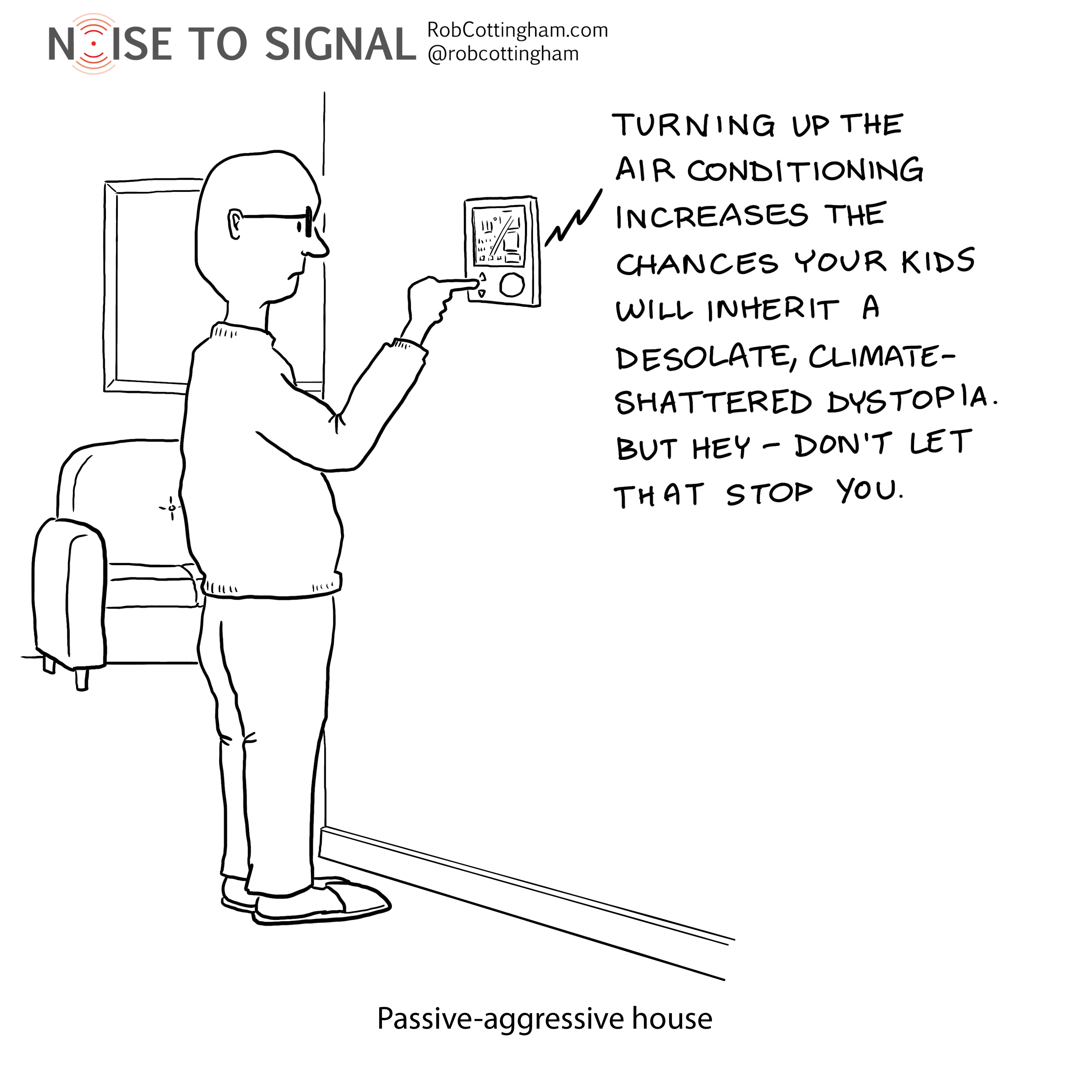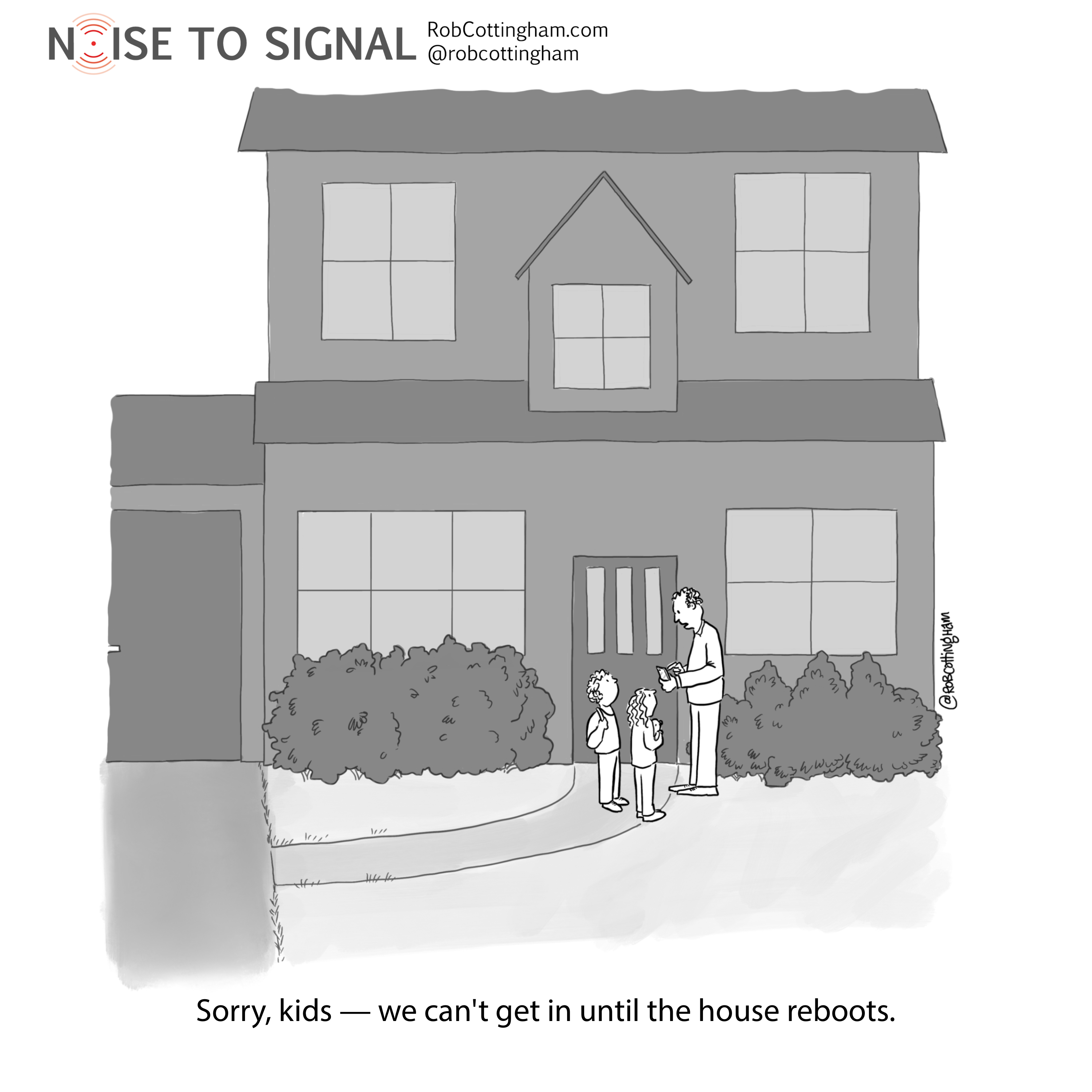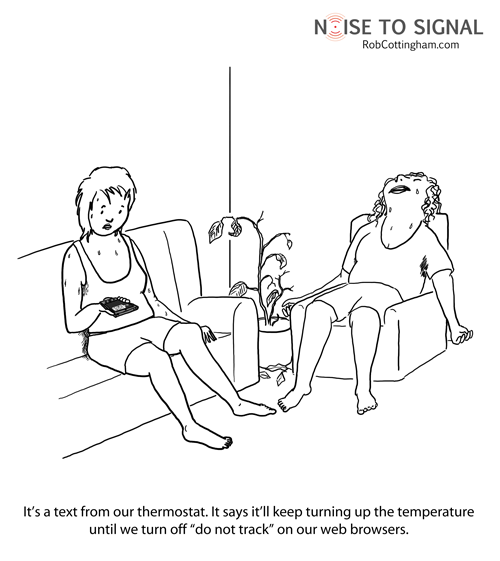I’m always wary of carbon-reduction strategies that stress individual over collective action. Give me strong, progressive government policy, a well-organized civil society pressing for change, and corporate leadership that sees the upside of a liveable planet any day.
The whole idea of an individual’s carbon footprint, for example, was popularized by petroleum giant BP through a campaign by their ad firm, Ogilvy.
And once burned (itself a carbon-intensive activity), twice shy: I’m still smarting from years of dutifully washing my plastics and placing them lovingly into blue bins, only to discover that not much of that waste is actually recycled.
But even if promoting the idea of a personal carbon footprint was a cynical attempt to divert attention from Big Oil’s massive contributions to climate change, the carbon impact of my personal choices still weighs on me.
Which is why I’m happy about some of the decisions we’ve made as a household over the past few years, including the new heat pump that’s keeping me cozy as I write this, and the electric bike that’ll supplant a lot of car rides. Our home is far from being a passive house, but y’know — baby steps.
Yes, I’m tossing pebbles onto one side of the scale while boulders are dropping on the other. It’s a little discouraging to know the impact of my choices can be erased a gazillion times over by a single decision in some boardroom somewhere.
But small as they are, I know what side of the scale I want my pebbles to be on.*
* And let’s support the kind of policies, incentives, social movements and initiatives that can coordinate those pebbles, and turn them into a… um… landslide of… (scratches head) You know what, I’m going to go back and work on this metaphor for a bit.



